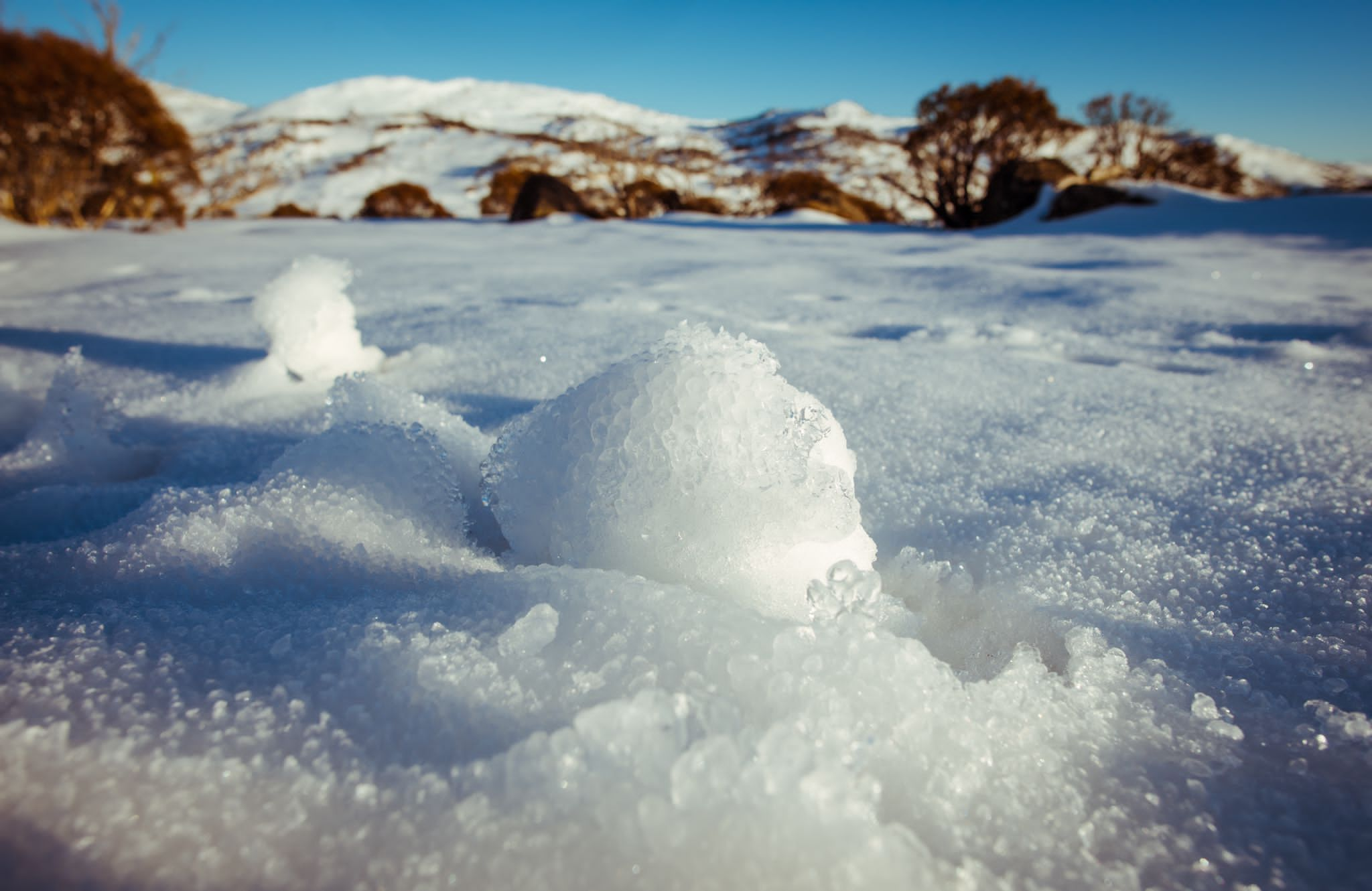Learn When and Where You Can Experience Snow In Australia for a Winter Adventure
Learn When and Where You Can Experience Snow In Australia for a Winter Adventure
Blog Article
Discover the Remarkable Effects of Snow in Australia on Local Environments
In spite of its credibility for sun-soaked landscapes, Australia also boasts areas buried by snow-- a phenomenon that greatly influences the nation's unique communities. The protecting properties of snowflakes protect plants and fauna amidst the chilliest winters, while the melting snow supports rivers and water life.
The Unforeseen Regions of Snowfall in Australia
Although Australia is usually connected with sun-scorched landscapes and sandy beaches, certain areas remarkably experience snowfall. The high nation areas of New South Wales, Victoria, and Tasmania are specifically understood for their winter months snow. The Snowy Hills in NSW, for example, get abundant seasonal snow, providing a stark comparison to the nation's regular warm, dry climate. At the same time, the Victorian Alps and parts of Tasmania additionally see yearly snowfalls, changing the landscape right into a winter heaven. These locations are not just abnormalities however indispensable parts of Australia's varied environment system. The presence of snow in these areas considerably influences local communities, subsequently affecting the country's unique biodiversity. Nonetheless, the specific influence on Australia's distinct vegetation will be talked about in the next section.

Just How Snow Impacts Australia's One-of-a-kind Plants
While it may appear uncommon, snowfall in Australia plays a vital function fit the nation's special flora. The snow-filled winters months foster strength in Australian plant types. This is particularly evident in the sub-alpine and towering areas, where snow gums and mountain plum-pines grow. These plants have actually evolved to endure in extreme conditions, with snow offering as a safety blanket from severe winds and freezing temperatures. The snow additionally adds to the moisture web content of the dirt, supplying required hydration for plant life throughout the dry summer season. Fundamentally, the snow influences the timing of flowering and seed dispersal, the growth rates, and the survival of many plant varieties, showcasing the intricate interaction in between climate and flora in Australia.

The Adjustments of Australian Animal to Snowfall
Simply as Australia's plants has adjusted to the wintery conditions, the local fauna also, display exceptional adaptations to the snowfall. It utilizes the snow as insulation, hibernating in rock holes under the snow to stay warm. The Snow Skink, a species of lizard, changes its colour to white throughout winter, offering camouflage versus killers.
The Function of Snow fit Local Environments
Fit the regional communities, the duty of snow in Australia is both multilayered and extensive. It affects the circulation of flora and animals, mostly specifying the biodiversity of sub-alpine and towering regions. Snow provides a critical water resource, feeding rivers and tanks as it advice thaws, thus sustaining a selection of aquatic life forms. Additionally, snow acts as an insulator, safeguarding ground-dwelling organisms from severe cold. It plays a significant function in dirt development and nutrient cycling. The regular cold and thawing of dirt generated by snowfall cultivates the breakdown of rocks, improving dirt fertility. The existence of snow shapes find out here the vegetation patterns, pet behavior, and general sustainability of Australia's special environments.

The Future of Snowfall in Australia: Predictions and Ramifications

Offered the critical role snow plays in shaping local communities, the future of snowfall in Australia is drawing increasing interest from conservationists and scientists. Current climate designs forecast a substantial reduction in snowfall as a result of global warming, with possibly extensive impacts on regional communities. Much less snow might cause decreased water availability in alpine areas, adversely affecting wildlife habitats check my source and plant. It might change the timing of seasonal adjustments, disrupting the life cycles of many native types. The tourism market, heavily dependent on the winter season snow season, may also face significant difficulties. Recognizing these predictions and their effects is critical to develop effective conservation strategies, ensuring the preservation of Australia's unique biodiversity and the sustainability of its economic situation.
Conclusion
The role of snow in Australia's ecosystems is critical yet commonly neglected. It functions as a protector, a nurturer, and a shaper of varied towering types, contributing to the splendor of Australia's high nation. As climatic patterns proceed to shift, comprehending the ramifications and potential improvements of these snow-influenced communities is critical. Therefore, the snow in Australia is greater than an all-natural spectacle; it's an important player in the country's environmental story.
Despite its track record for sun-soaked landscapes, Australia also boasts areas buried by snow-- a phenomenon that greatly influences the country's one-of-a-kind ecosystems. It makes use of the snow as insulation, hibernating in rock holes beneath the snow to stay warm - Does Australia Get Snow.In forming the regional communities, the function of snow in Australia is both extensive and multilayered. The existence of snow forms the greenery patterns, animal behavior, and overall sustainability of Australia's unique environments
Provided the essential role snow plays in shaping local ecological communities, the future of snowfall in Australia is attracting increasing focus from ecologists and scientists.
Report this page